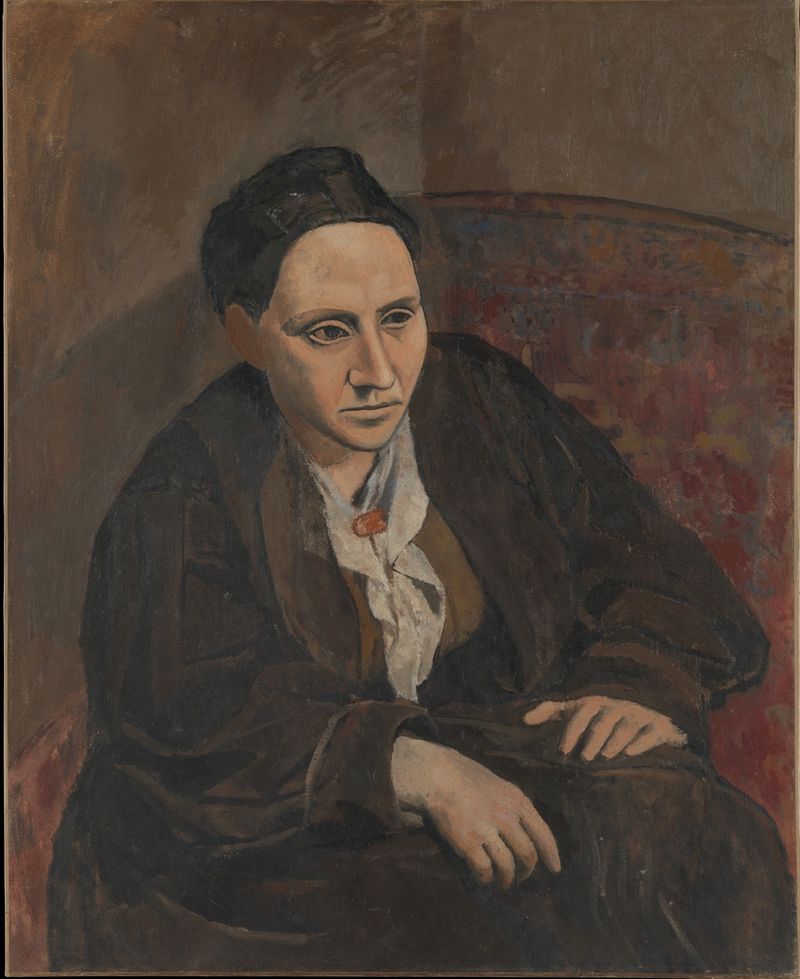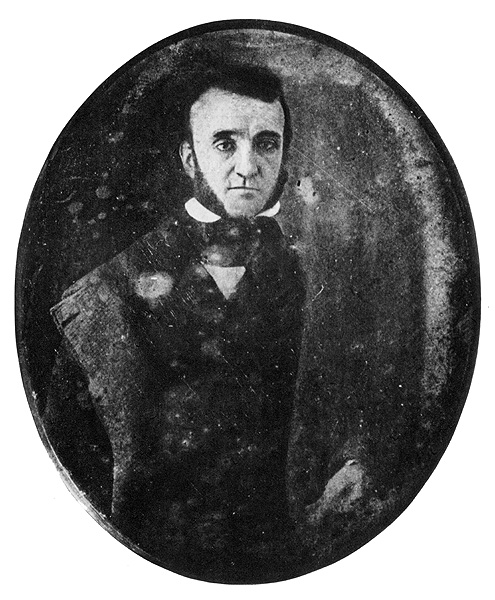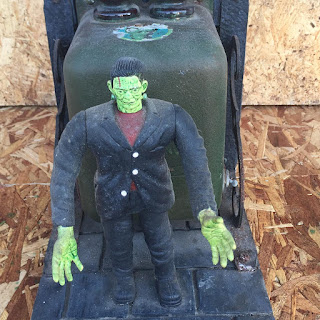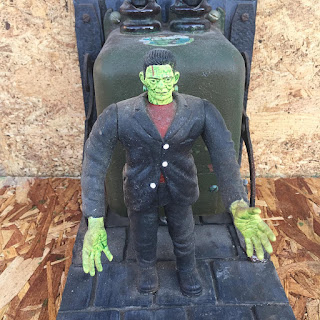I was fortunate to learn early from a panel of editors: "Setting is the fictional element that most quickly distinguishes the professional writer from the beginner." These were acquisition editors at a couple publishing houses and magazines. Stories without settings did not make it out of the slush pile.
Setting is not just the name of a place or a time-period; it is the feeling of the place and time period. It comprises all conditions - region, geography, neighborhood, buildings, interiors, climate, time of day, season of year.
Setting should appear near the beginning of a novel or story and remain throughout by answering the questions WHERE and WHEN. Using sensory details, the writer can flesh out a setting: the visual, smells, sounds, taste, feeling of the atmosphere. All five senses should be used by describing the little things - what your character sees, hears, feels, tastes and smells.
Every story takes place somewhere. Setting is more than a backdrop, it creates mood, tone and can help establish the theme of a work of fiction. Like characters, it plays an important role in a story. Writers should not neglect setting.
When establishing a setting, get the details correct. You can't have azaleas blooming in Louisiana in December. In New Orleans, the weather is an important part of setting. We have only two seasons - steamy hot in spring, summer and fall - wet cold in winter. There are occasional mild days at the start of spring and the beginning of autumn. Tennessee Williams said these were the only good days in New Orleans.
Go to the place you set your story (or a place like it if you create a fictional city or village or whatever). Go there and watch, listen, take notes. It has helped me often in important scenes.
One of the most gratifying compliments I receive come from New Orleanians telling me how real the city seems in my novels and stories. They see people and places they know. Even The Times-Picayune (a newspaper notoriously indifferent to local genre writers) described my writing as, "the real thing," when it comes to the city.
The weather can come as a surprise as in real life. As I wrote my crime novel BOURBON STREET, I learned about the 1947 Fort Lauderdale Hurricane (hurricanes were not named back then) and how after hitting Fort Lauderdale, crossed Florida into the Gulf of Mexico and slammed into New Orleans. It flooded the city similar to the way the city flooded during Hurricane Katrina, only the water didn't stay as long since there were no lakefront levees to help turn New Orleans into a bowl as it is today. The water quickly receded. I had my characters use the hurricane to assist in their escape.
I do agree with Elmore Leonard to leave out the parts people skip over. A writer, especially a mystery writer, may want to make sure the description of the setting does not overwhelm the scene.
Research. Research. Research when you set a piece in a place you've never been. If you work hard enough you can capture enough of the setting to work.
As I began to write my latest mystery, SAINT LOLITA, I originally set it on a real Caribbean island and quickly saw I'd never get the details correct so I made up an island - Saint Lolita, which lies west of Grenada in the Lesser Antilles. I researched islands of the Lesser Antilles to get details of flora and fauna and architecture, populations, cuisine, architecture and weather and I think I pulled it off.
Setting. Don't neglect it, especially in longer stories and novels.
Setting is not just the name of a place or a time-period; it is the feeling of the place and time period. It comprises all conditions - region, geography, neighborhood, buildings, interiors, climate, time of day, season of year.
Setting should appear near the beginning of a novel or story and remain throughout by answering the questions WHERE and WHEN. Using sensory details, the writer can flesh out a setting: the visual, smells, sounds, taste, feeling of the atmosphere. All five senses should be used by describing the little things - what your character sees, hears, feels, tastes and smells.
Every story takes place somewhere. Setting is more than a backdrop, it creates mood, tone and can help establish the theme of a work of fiction. Like characters, it plays an important role in a story. Writers should not neglect setting.
When establishing a setting, get the details correct. You can't have azaleas blooming in Louisiana in December. In New Orleans, the weather is an important part of setting. We have only two seasons - steamy hot in spring, summer and fall - wet cold in winter. There are occasional mild days at the start of spring and the beginning of autumn. Tennessee Williams said these were the only good days in New Orleans.
Go to the place you set your story (or a place like it if you create a fictional city or village or whatever). Go there and watch, listen, take notes. It has helped me often in important scenes.
One of the most gratifying compliments I receive come from New Orleanians telling me how real the city seems in my novels and stories. They see people and places they know. Even The Times-Picayune (a newspaper notoriously indifferent to local genre writers) described my writing as, "the real thing," when it comes to the city.
The weather can come as a surprise as in real life. As I wrote my crime novel BOURBON STREET, I learned about the 1947 Fort Lauderdale Hurricane (hurricanes were not named back then) and how after hitting Fort Lauderdale, crossed Florida into the Gulf of Mexico and slammed into New Orleans. It flooded the city similar to the way the city flooded during Hurricane Katrina, only the water didn't stay as long since there were no lakefront levees to help turn New Orleans into a bowl as it is today. The water quickly receded. I had my characters use the hurricane to assist in their escape.
I do agree with Elmore Leonard to leave out the parts people skip over. A writer, especially a mystery writer, may want to make sure the description of the setting does not overwhelm the scene.
Research. Research. Research when you set a piece in a place you've never been. If you work hard enough you can capture enough of the setting to work.
As I began to write my latest mystery, SAINT LOLITA, I originally set it on a real Caribbean island and quickly saw I'd never get the details correct so I made up an island - Saint Lolita, which lies west of Grenada in the Lesser Antilles. I researched islands of the Lesser Antilles to get details of flora and fauna and architecture, populations, cuisine, architecture and weather and I think I pulled it off.
Setting. Don't neglect it, especially in longer stories and novels.
http://www.oneildenoux.com/index.html














































